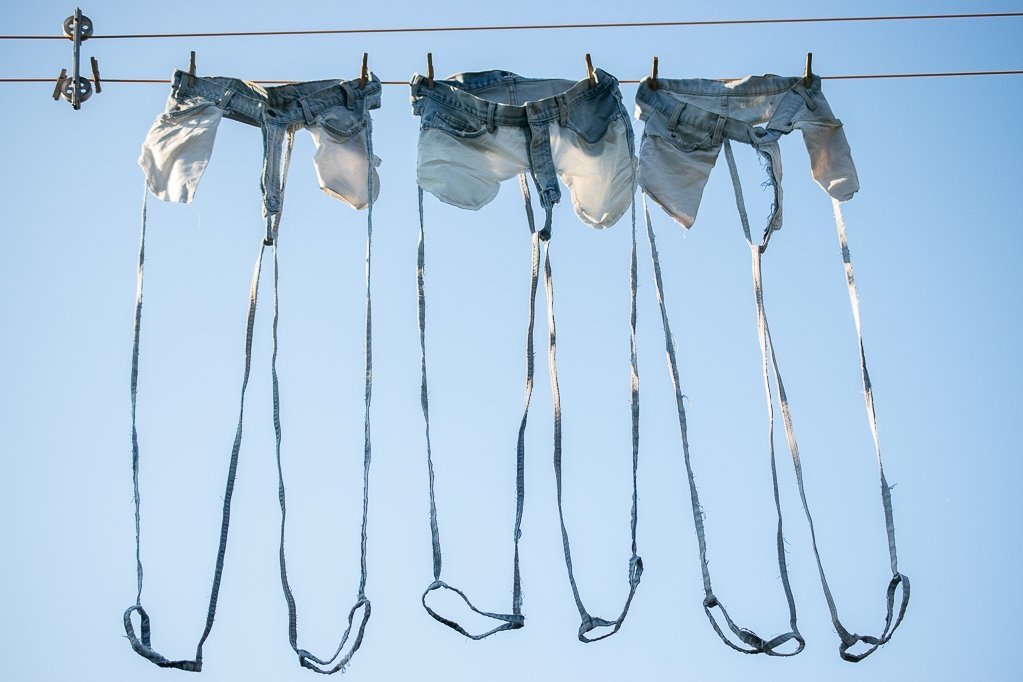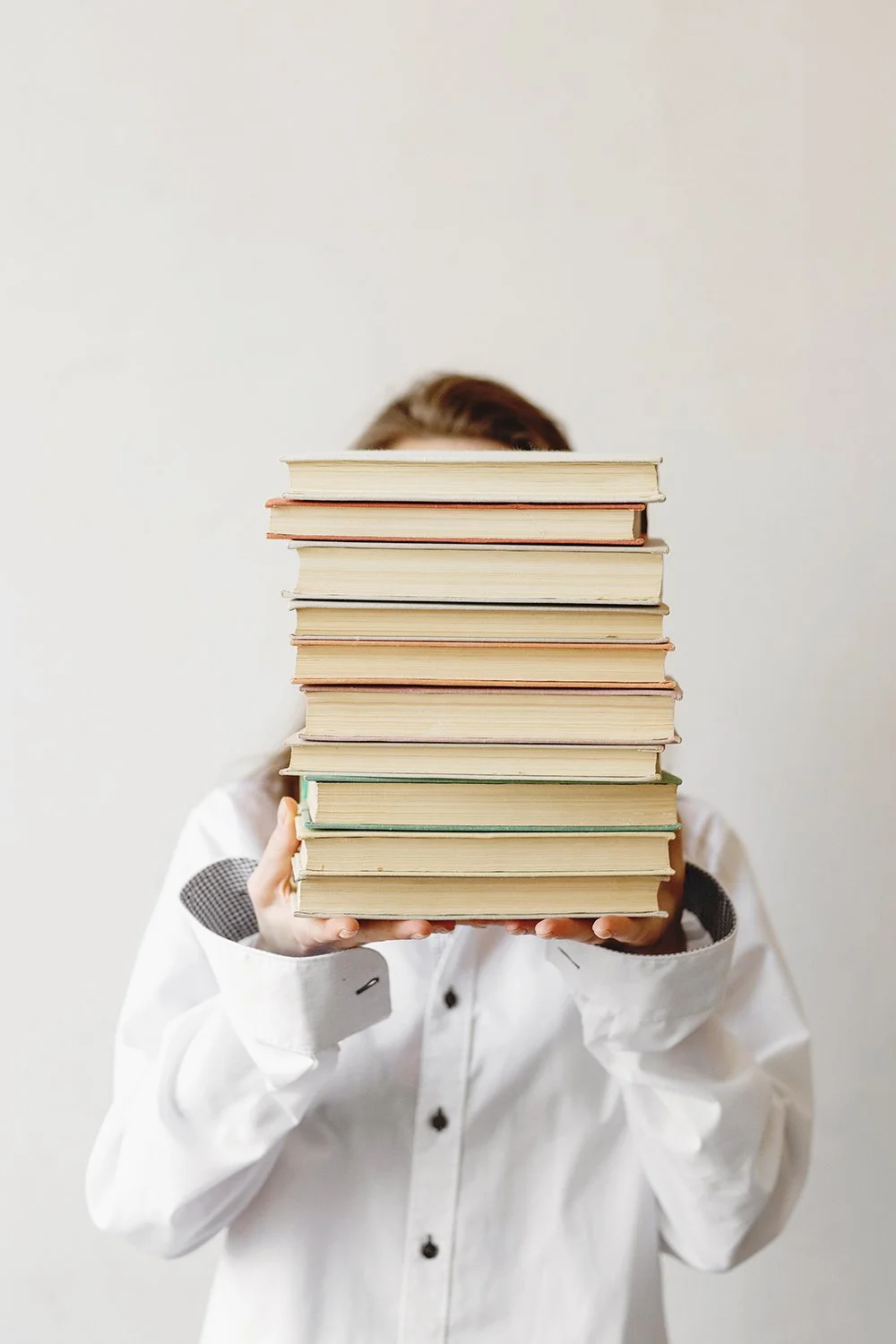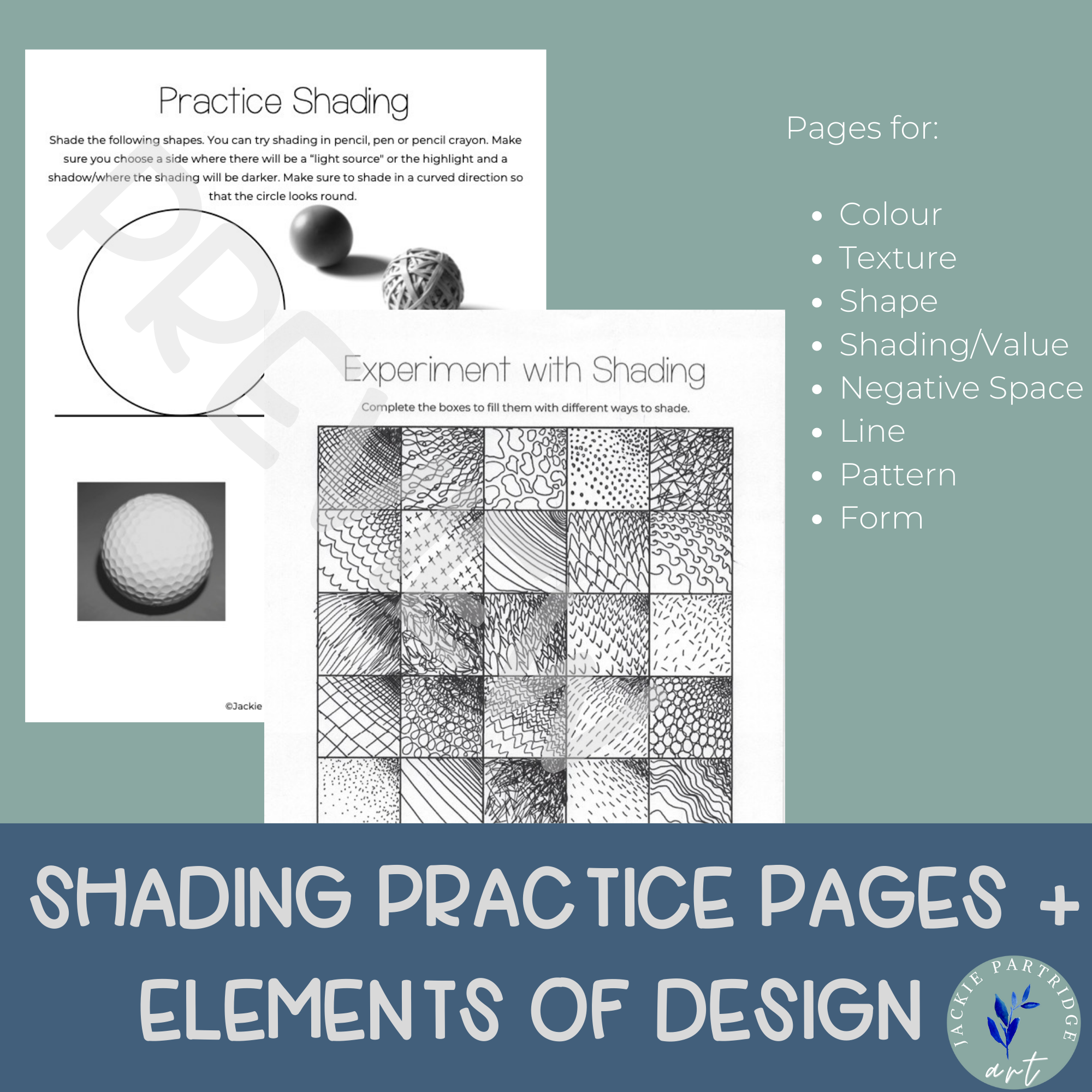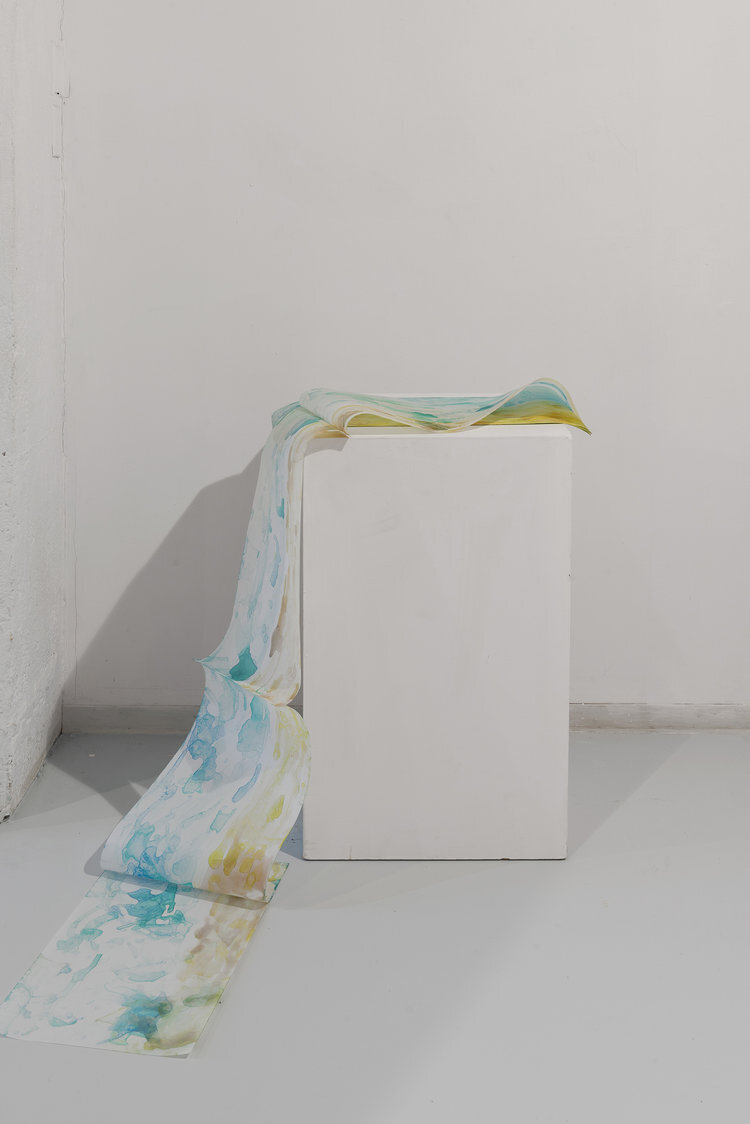If you want to get art published then keep reading. I have some tips for you! Learn how to get art published and places that you can get your art published for free.
What You Need to Get Your Art Published
You will need an artist biography. Usually different journals and magazines want your bio to be between 50-150 words. I have different formats saved with different word counts so it makes applying to different publishing calls easy.
You will also need an artist statement about your artwork and high quality photographs of your art.
I also have a Word document with a table where I list the places my art has been published with the name and photo of the artwork. A lot of places want first exclusive right to your art meaning that they want to be the first ones to publish your art. You can publish your art in other places after them but you will have to mention the places it has been published. This is why keeping a record comes in handy to keep track of when and where your work has been published
How to Get Art Published the Steps
Step 1:
Start by looking at art calls - you can find them by checking an artist’s CV - like mine to see where they have had their work published. I like to follow different art journals and magazines on social media because they will advertise when you should apply and when their call of entry is happening.
Next, I like to join different Facebook groups and Facebook pages that advertise free calls for art or poetry and this also lets me know when to apply.
You can of course pay to apply but I don’t like to do this as there is no guarantee that paying for entry will let your work be published.
Step 2:
Read and follow requirements carefully. You want to make sure you have the right files, you have labelled files correctly and you have sent the right documents to the correct email address. It helps to keep your applications in files and have everything labelled on your computer so it is easy to find.
Step 3:
Submit your application and keep track of where your work gets published. Like I mentioned before it is important to record where your art is published so that you can show new work and are following the terms of your publishing contract correctly.
How to Get Art Published
Last but not least you can self-publish your work. This is more time consuming and costly but it is very fulfilling. I self published my book Patched and used a grant from the Region of Waterloo Arts Fund to help with the costs to publish the books. I published 50 copies of my book.
If you wanted to lower the costs to self-publish you can apply to different art grants you could also host your own artist call and artists could divide the final payment of what it costs to have their work published and create the book.
Related Articles:
For more tips click on one of the icons to follow me on social media!







